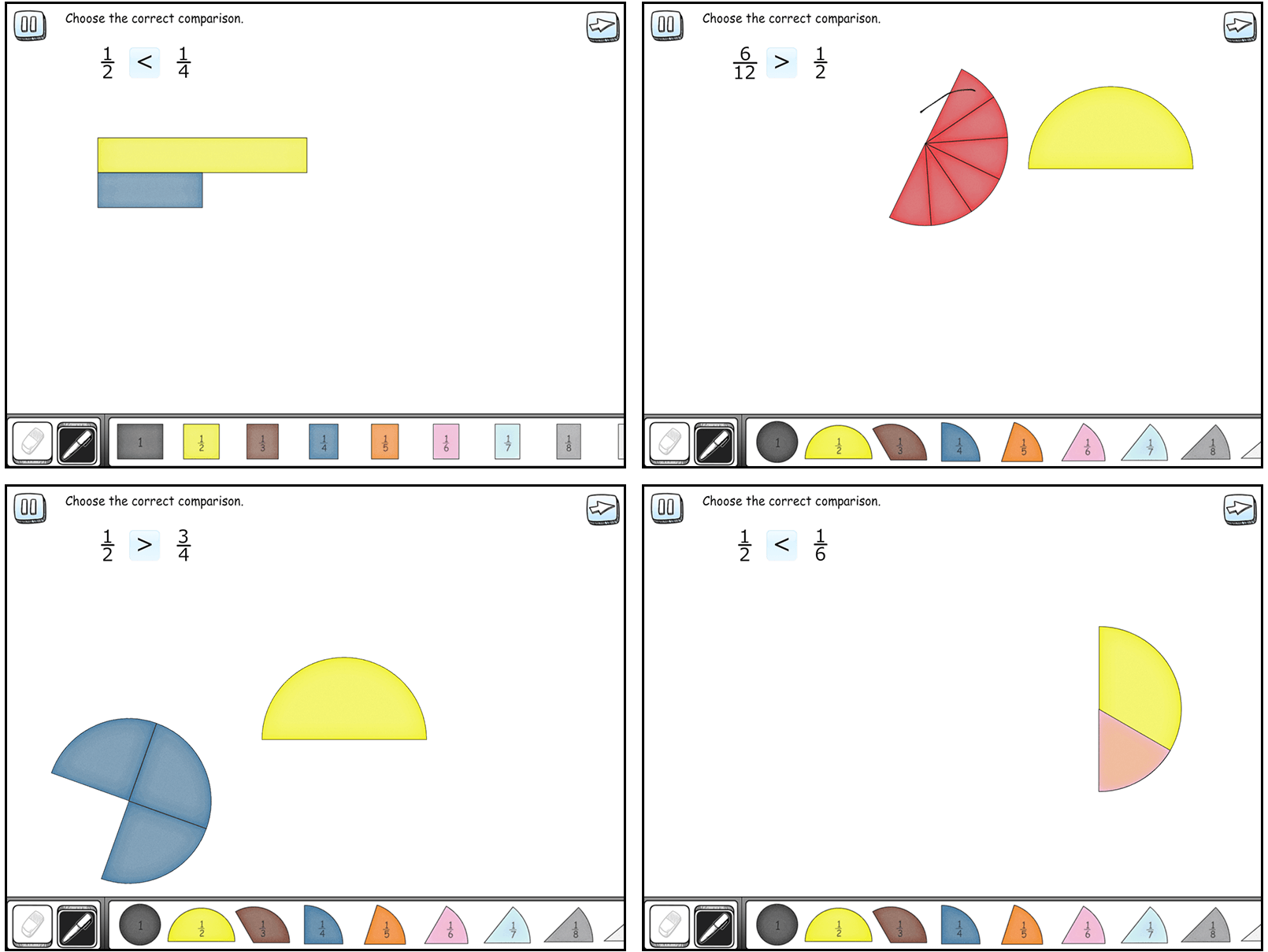
WHITE PAPER | by Krista Marks
Krista Marks is the CEO and
Co-founder of Woot Math, Inc.
This article was originally
published on EdTechDigest.

Why fractions matter and how technology can help.
I often argue that learning fractions is the single biggest pain point in American education. I understand that making this argument is probably provocative (that’s part of why I make it), but it is not without basis. First, fractions are a very specific point within the curriculum. Second, they are of crucial importance for later mathematics, and without facility with fractions many of the subjects central to STEM, and more broadly, fully participating in the modern world, are simply out of reach. Third, fractions are the point at which far too many students go off the rails. The National Math Panel said it clearly in 2008: “knowledge of fractions is the most important foundational skill not developed among American students.” Lack of this foundational skill remains equally evident in recent national testing.
The importance of learning fractions has been the subject of a great deal of research. To argue my case with a single title: “Bridging the gap: Fraction understanding is central to mathematics achievement in students from three different continents” (Torbeyns, Schneider, Xin, and Siegler, 2015).

I personally believe that we as a nation have never been in such a strong position to enable all students to succeed with fractions. It is not that technology is a silver bullet, but in the hands of a capable teacher, a research-based, adaptive learning platform can help students gain mathematical confidence, competence and fluency – especially for fractions, the topic that presents the most critical stumbling block.

By analyzing not only the answer, but the actual student work, an adaptive tool can detect that the models are correct and tailor the real-time help to acknowledge the successful modeling and then depending on the work, review the meaning of the inequality symbols or the underlying concepts of order and equivalence. As students struggle to make sense of fractions – as with all mathematics – they often get more right than wrong.  Adaptive technology is able to detect and acknowledge the right and the wrong in student reasoning and in the process build the confidence they need to succeed.
Adaptive technology is able to detect and acknowledge the right and the wrong in student reasoning and in the process build the confidence they need to succeed.
Of course, adaptive technology can only be effective if it leverages quality supplemental content; it is essential that such technology is based on sound research in math education and backed with rigorous trials demonstrating efficacy. While we have invested years into the technology behind Woot Math, it would not be effective without the decades of fraction research from organizations like the Rational Number Project and without funding for research from organizations like the National Science Foundation.

We can move the needle on fractions in this country. From the research, we know it’s possible, and for our students, we know it’s essential. While I am still trying to understand what the solution will look like, I do know that there isn’t one person, one organization or one company that holds the answer. It will take a community of teachers, researchers and developers working together. Together we can make a difference for all students.
